Energy & Electronic Materials

Prof Chris Howard
We create new materials that have desirable functional properties or that exhibit interesting emergent phenomena and we study these materials with a wide range of experimental techniques. Outputs range from nano-textured electrodes for batteries and fuel cells to the discovery of exotic electronic groundstates.
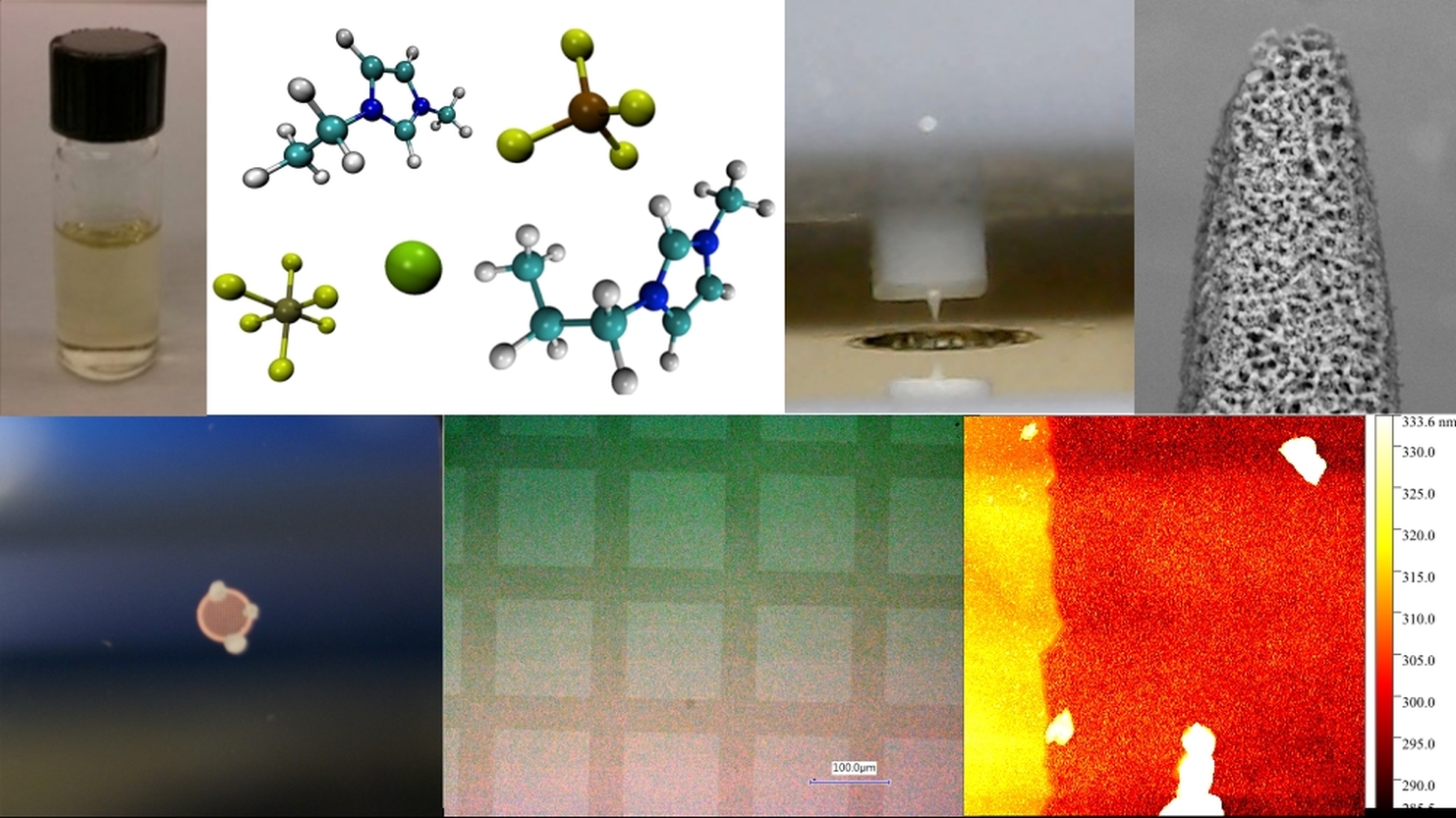
Dr Carla Perez Martinez
FABILIS: FABrication with Ionic Liquid Ion Sources
We develop new nanomanufacturing technologies based on ionic liquids.
Ionic liquids are mixtures of positive and negatively charged ions that are liquid at room temperature with no intervening solvent. The cations are usually large organic molecules, while the anions may be complex organic or simple inorganic ions. Our work is based on Ionic Liquid Ion Sources (ILIS), which are needle devices that produce a spray of ions from the ionic liquid.
ILIS give the possibility of creating ion beams with many different chemistries, thanks to the variety of ionic liquids available. ILIS can be useful in material treatment applications, for example, we have demonstrated fast etching of silicon with an ILIS reactive beam.
The research areas include characterisation of the interaction of different ionic liquids with a variety of target substrates, exploring the use of ILIS arrays for high throughput nanomachining, ionic liquid deposition, and developing a focused ion beam system based on ILIS.
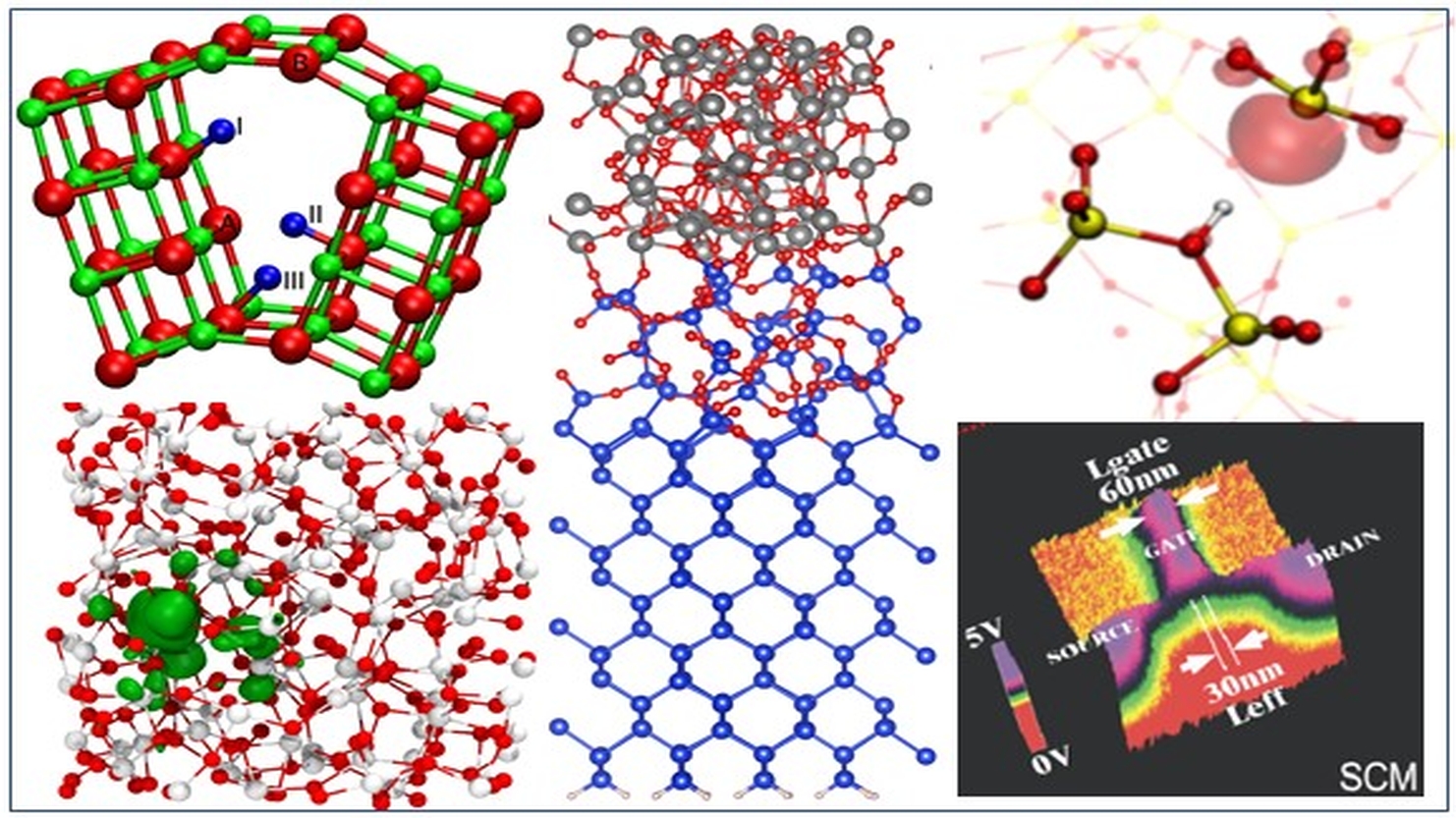
Prof Alex Shluger
We develop and apply computational methods to study defects and defect related processes in solids and at interfaces. Of particular interest are metal/oxide/semiconductor and other hetero-structures used for novel memory and transistor devices. We investigate the mechanisms of resistance changes in thin layers of oxides, carbon nanotubes and 2D materials (bP, hBN, MoS2, WS2…), as well as their structural and electrical degradation and dielectric breakdown. Oxide materials include crystalline and amorphous MgO, SiO2, HfO2, Al2O3, TiO2, Ga2O3, ZnO sandwiched between Cu, TiN, Pt and Si electrodes as well as SiO2/H2O/WS2 hetero-structures. We are investigating the mechanisms of electron and hole injection from electrodes into these films, electron and hole trapping inside oxides, and defect creation under applied electric bias. We calculate probabilities of electron tunnelling through defect states determining leakage and breakdown current through dielectric films and consider the mechanisms of field and electron-induced defect reactions inside oxides, including hydrogen and other impurities.
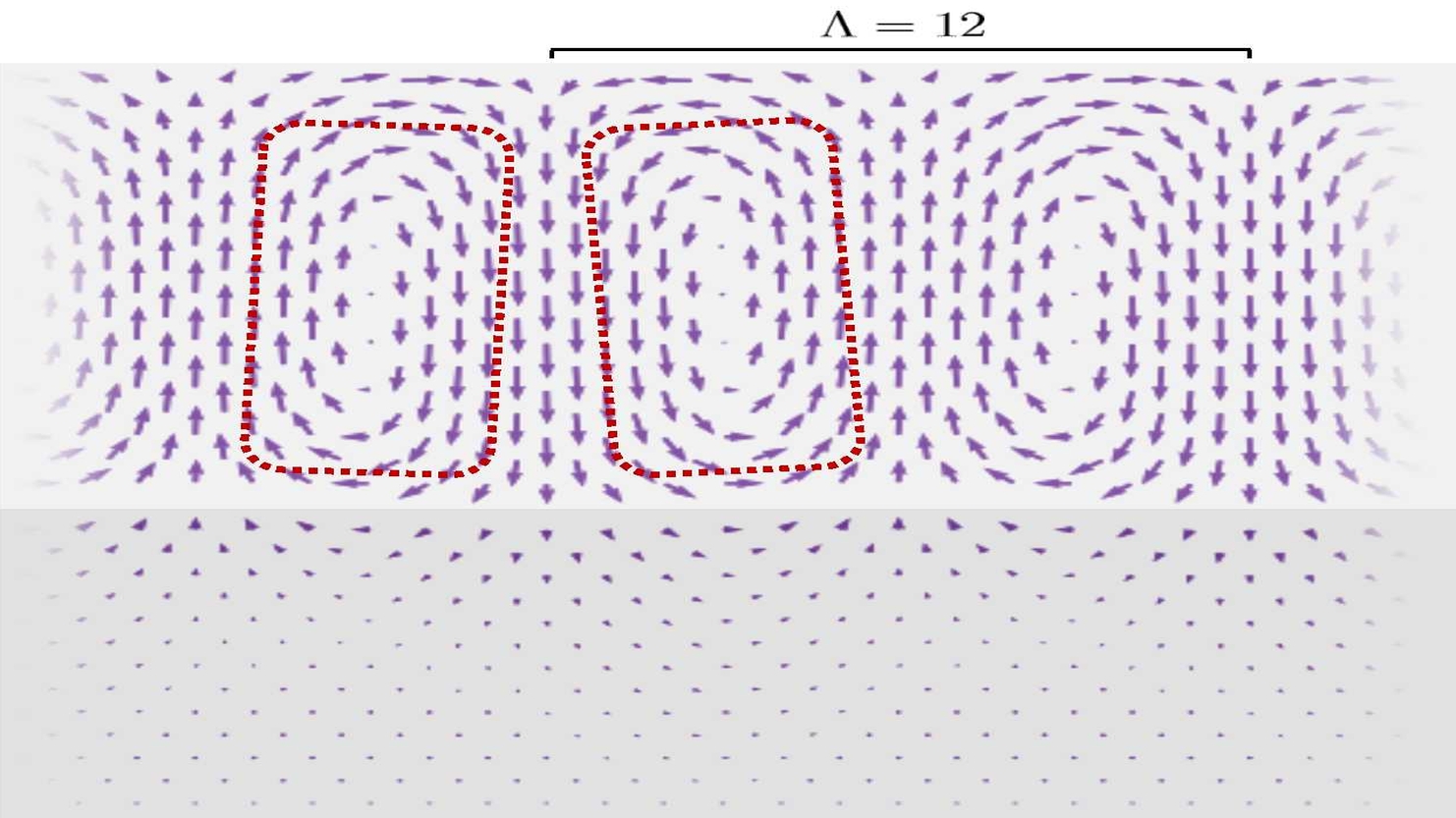
Prof David Bowler
We develop and apply methods to allow large scale calculations on the atomic and electronic structure of materials, concentrating on semiconductor surfaces, and more recently on ferroelectric materials such as PbTiO3. Standard approaches to these calculations are limited in the size of problem that can be studied to a few hundred atoms, but our methods allow calculations of up to 10,000 atoms with no approximation, and over 1,000,000 atoms with specific, well-controlled approximations. This allows us to address problems which are complex and interesting, such as the polarisation texture in thin films of PbTiO3 on SrTiO3 substrates.
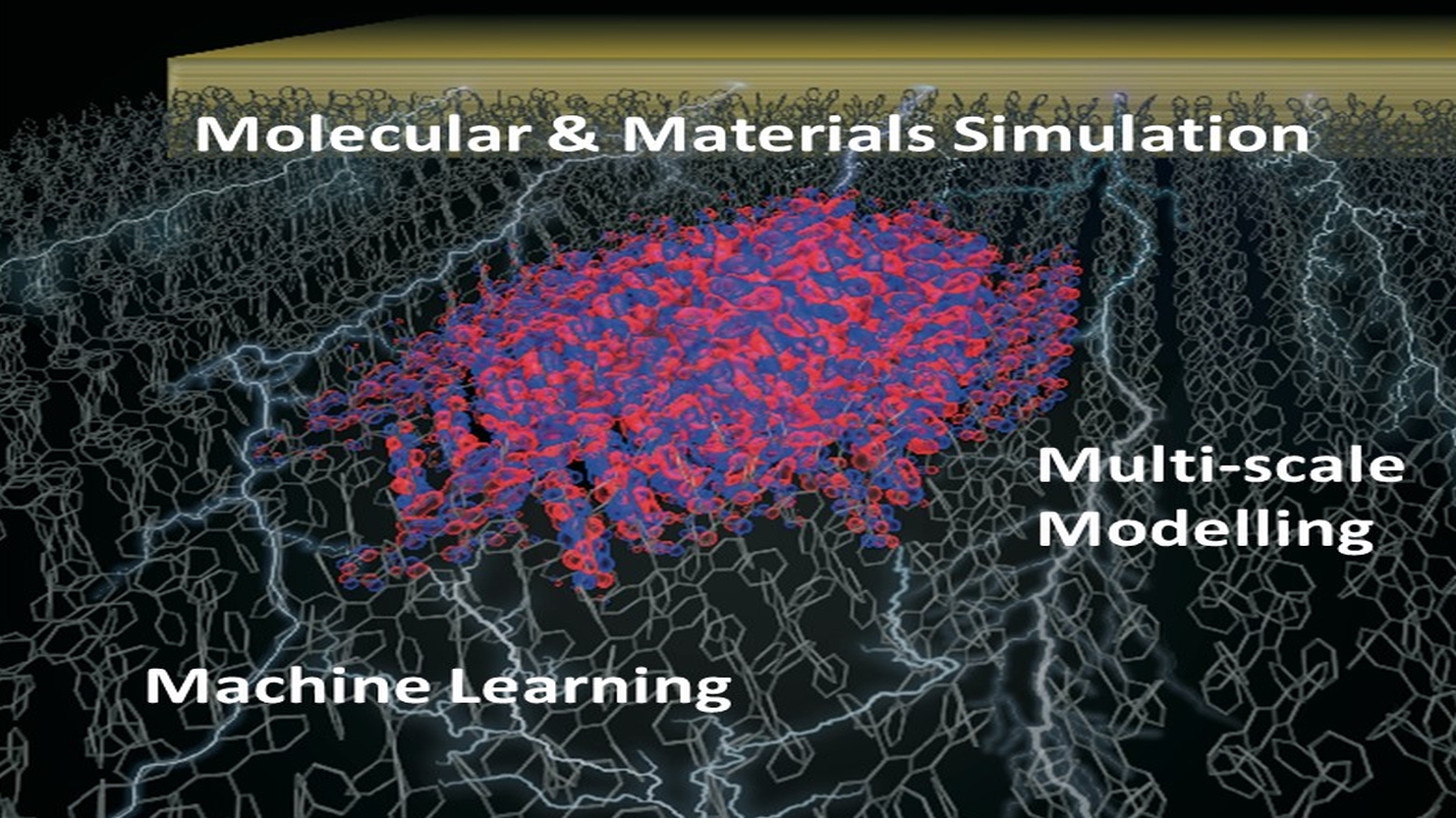
Prof Jochen Blumberger
Our group carries out research to advance the predictive power of atom-scale computer simulations of materials and (bio)molecules. We also develop multi-scale models that bridge the gap between the atomistic and the experimentally relevant time and length scales. We have a keen interest to apply our methodologies to understand, at a fundamental level, the mechanisms of energy conversion processes in (opto-)electronic materials and to uncover structure-function relations that may help guide the design of improved materials. Recent projects include (i) the development of non-adiabatic molecular dynamics techniques for time-propagation of charge carriers and excitons in organic semiconductors (ii) the development of machine learning methodologies to accelerate ab-initio molecular dynamics with applications to solvation, redox- and electro-chemistry (iii) the development of density functional theory methodologies for the calculation of current-voltage characteristics of proteins in electronic junctions relevant for bioelectronic applications.
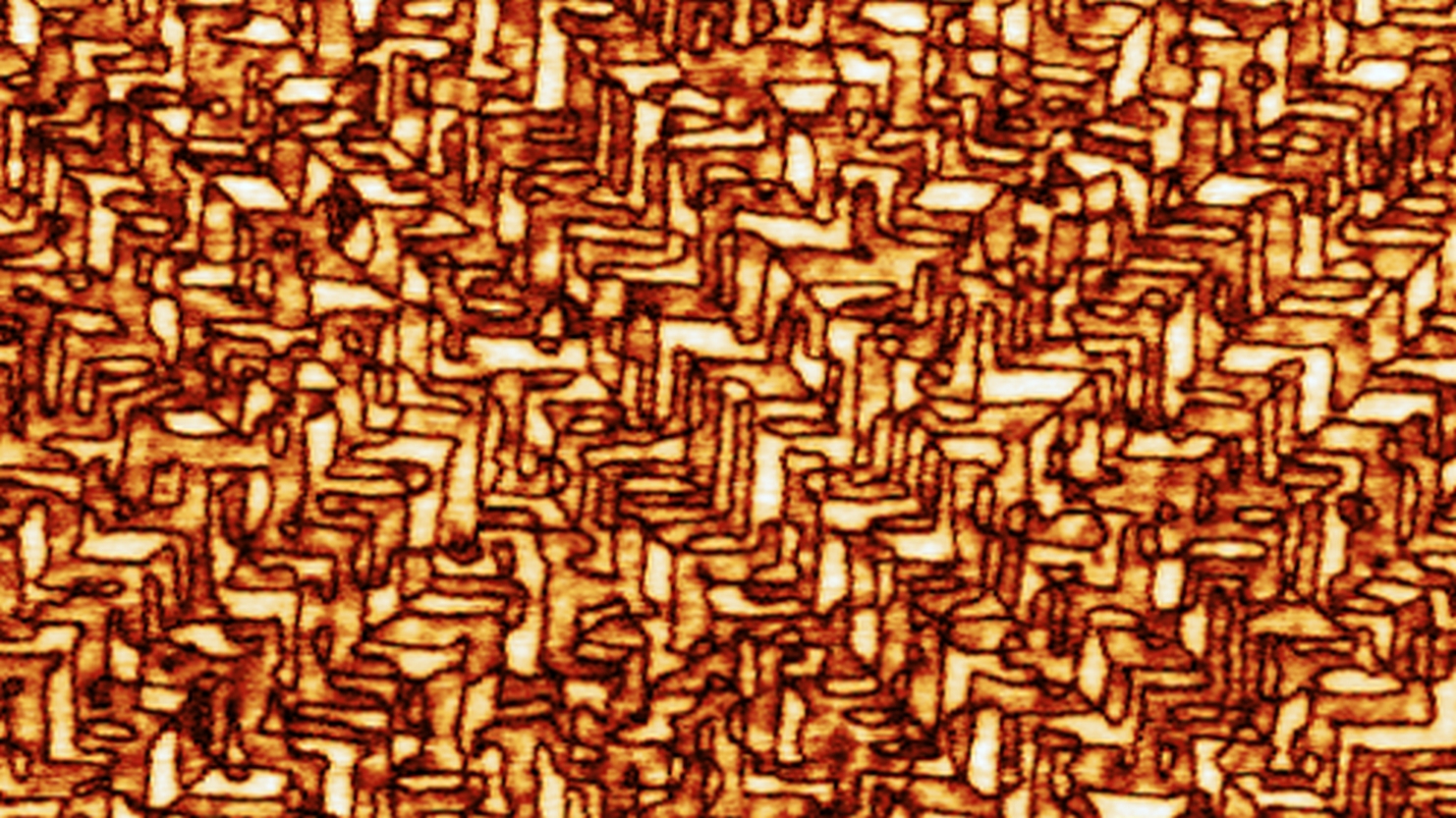
Prof Pavlo Zubko
We investigate the fascinating physical phenomena that emerge in nanoscale complex oxides. Using physical vapour deposition methods, we create artificially layered materials and study their structure and functional properties using a variety of experimental techniques, including scanning probe microscopy, laboratory and synchrotron x-ray scattering, dielectric impedance spectroscopy and others. For example, by tailoring the electrostatic and mechanical boundary conditions in ferroelectric superlattices that consist of alternating layers of ferroelectric and non-ferroelectric oxides, each just a few atomic monolayers thick, we can engineer complex nanoscale polarisation textures that are not possible in bulk materials. These polar textures can be very responsive to applied electric fields and lead to unusual phenomena, such as negative capacitance, which could pave a way to more power-efficient electronics.

Prof Neal Skipper
Our research aims to understand and control the properties of a wide range of functional materials, by building up a picture of where the atoms are what the atoms do. We are particularly interested in the behaviour of liquids and complex fluids, and are investigating their role as solvents and electrolytes along with the nature of the fundamental interactions that take place at interfaces and in nanoscale confinement. These interactions are a key factor in many important biological and chemical processes. We use a variety of experimental and computational techniques in our research. In addition to our laboratories at UCL, we also make extensive use of international neutron and X-ray scattering facilities. For example the ISIS Neutron Source at the STFC Rutherford Appleton Laboratory, and the Institute Laue-Langevin in Grenoble.
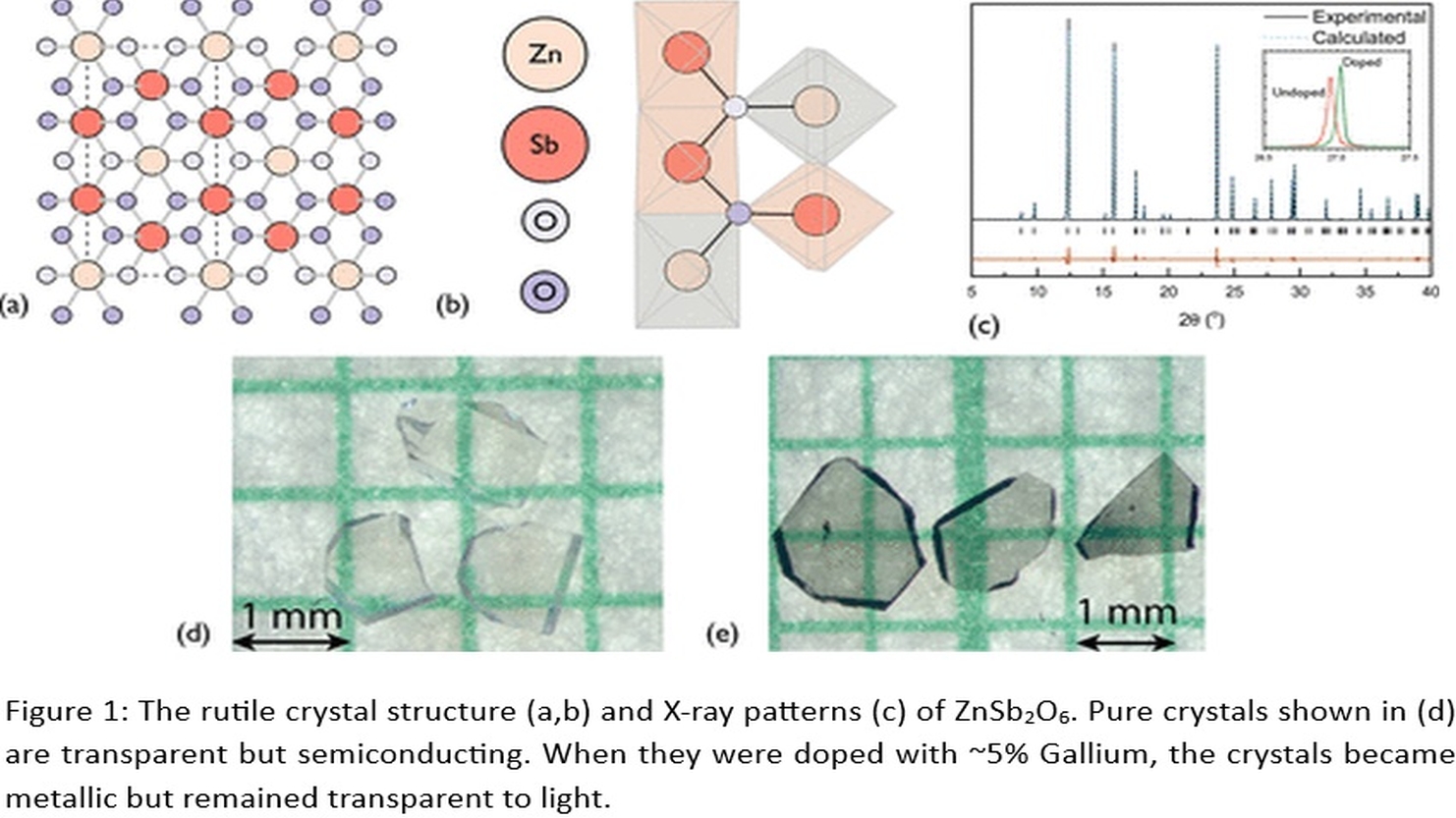
Prof Robin Perry
The Perry group specializes in the measurement of properties in functional materials. Functional materials, broadly defined, encompass solid systems with physical properties that can be engineered to address everyday challenges. Given the diversity of societal needs, our focus is narrowed to two key areas: energy and the digital economy. In the realm of energy research, we delve into photovoltaics, thermoelectrics, and battery materials. For digital economy research, our emphasis is on magnetic and electronic materials that hold the potential to replace conventional materials like silicon and GaAs, leading to faster computers and enhanced memory.
 Close
Close

